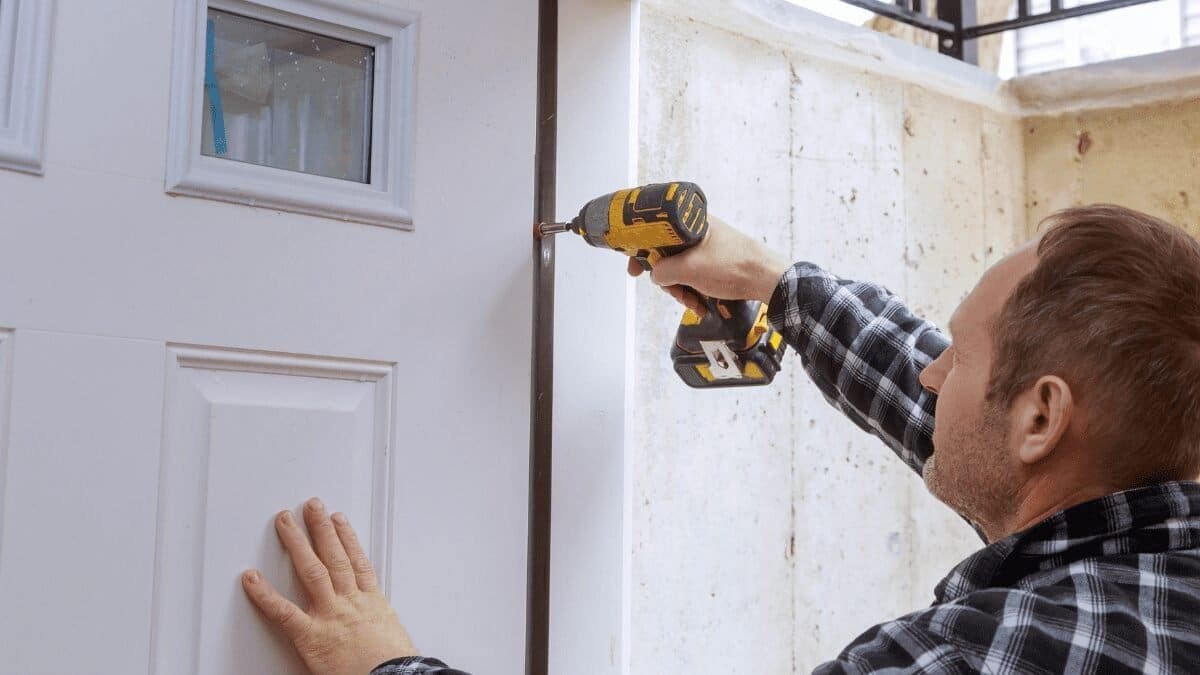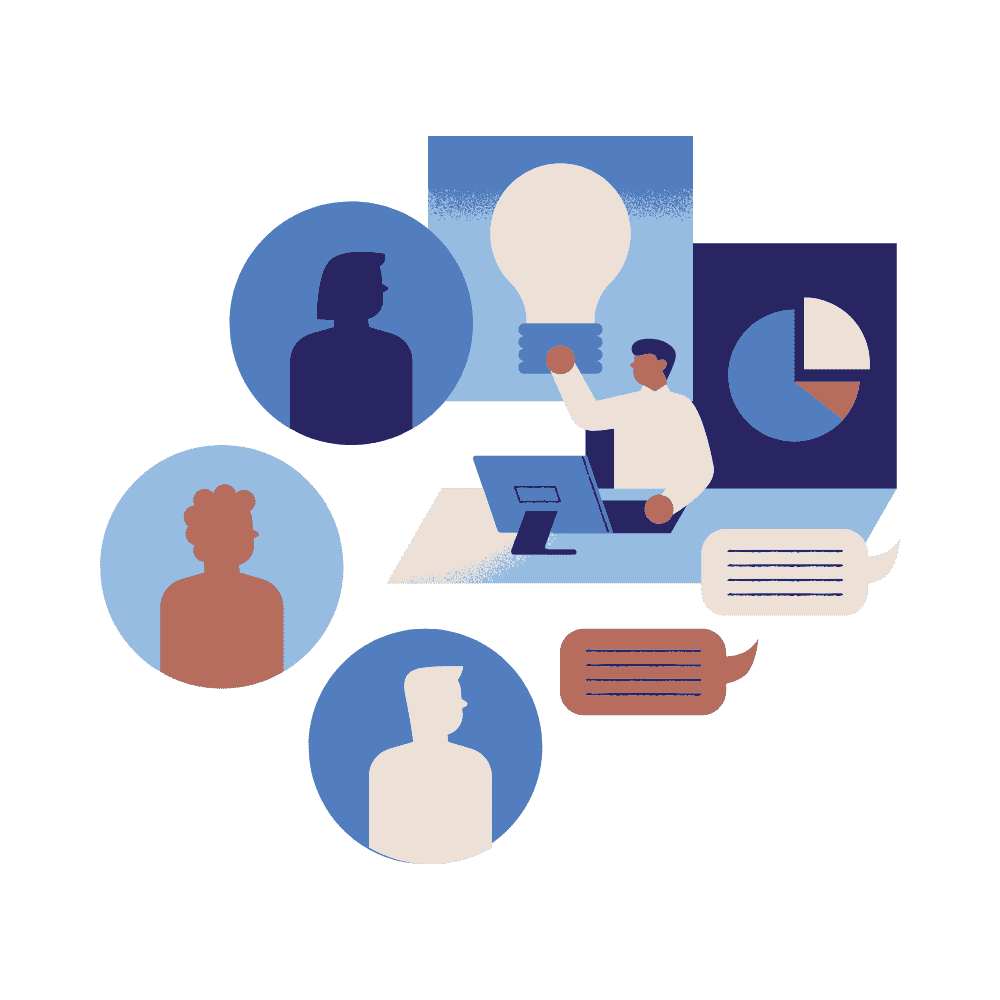
Integrated Pest Management (IPM) is a prevention-based approach to pest control that provides long-lasting solutions while minimizing environmental impact and health risks. Rather than relying on routine pesticide applications, IPM targets the underlying causes of pest infestations through strategic prevention and monitoring.
Core Principles of IPM
Prevention

Prevention forms the foundation of IPM by eliminating conditions that attract pests. This includes sealing entry points, fixing leaks, managing garbage properly, and removing sources of food and shelter.
Building maintenance plays an important role in prevention through pest-proofing measures like installing door sweeps, sealing cracks, and maintaining proper garbage storage.
Monitoring
Regular inspection and monitoring help identify pest problems early and track the effectiveness of control measures. This involves:
- Using monitoring devices like glue traps and bait stations
- Documenting pest activity and building conditions
- Regular inspections of common areas and problem spots
Identification

Proper pest identification ensures appropriate control methods are used. Licensed pest management professionals have the expertise to precisely identify specific pest species and implement targeted, effective treatments.
To help property owners make well-informed pest control decisions, MMPC provides a free Pest ID Center.
Action Thresholds
IPM uses action thresholds to determine when intervention is needed.
Here’s how this process typically works:
A resident spots a cockroach in their living room and contacts a pest control expert. While the roach’s appearance may cause concern, the technician determines that:
- A single cockroach pose no health risks to residents
- Treatment is only necessary when cockroach populations exceed 20 specimens inside the home
- Occasional roaches entering homes is a common occurrence
Instead of opting for immediate chemical treatments for one-off issues, the technician might suggest exclusion strategies instead. This methodical approach guarantees that pest control actions are taken only when absolutely required.
While commercial properties may have specific threshold levels, in residential settings, even a single pest sighting may warrant action.
Control Methods
IPM employs multiple control strategies:
- Mechanical and Physical Controls: These involve using tools and physical methods to directly kill pests, seal them out, and/or make the environment unsuitable for them.
- Cultural control: This entails changing people’s behaviors to avoid practices that attract pests or allow them to survive, reproduce, and spread.
- Biological control: This is more commonly used in agricultural pest control—for example, lady beetles are employed to protect crops and plants from destructive insects.
- Chemical controls – IPM treats the application of pesticides as a last resort, using them only when needed and usually in combination with other non-chemical methods.
How Does Integrated Pest Management (IPM) Work?
IPM services typically include a comprehensive approach to pest control that focuses on prevention and long-term solutions. Here’s what IPM services usually encompass:
Initial Inspection
The pest management professional (PMP) conducts a thorough interior and exterior assessment of the property. This inspection aims to:
- Identify problem areas
- Detect pest evidence
- Pinpoint conditions that may lead to infestations
- Recommend structural, sanitary, or procedural modifications to reduce pests’ access to food, water, and shelter

Monitoring Plan
The PMP develops and submits a monitoring plan for building manager approval. This plan typically includes:
- Ongoing monitoring proposals for active infestations and potential problem areas
- Scheduled follow-up meetings or calls after treatments
- Recommended procedures for unit turnover inspections
- Frequency of visits (e.g., monthly, weekly)
- Specific areas to be inspected during each service visit
Non-Pesticide Methods
IPM prioritizes non-chemical methods for pest control as its main strategy.
This step usually involves cultural, mechanical, and physical control. These approaches may include:
- Using HEPA vacuums for initial cleanouts of cockroach infestations
- Employing trapping devices for indoor fly control
- Sealing openings, cracks, and entry points
- Removing pests, debris, and food sources
- Applying steam cleaning techniques
- Educating building residents on proper garbage management
- Using common mechanical controls like snap and glue traps

Insect Control
When necessary, insect control measures are implemented:
- Application of insecticides only in “crack and crevice” treatments
- Use of bait formulations (gels, traps) as the standard for cockroach and ant control
- Limited use of spray insecticides on exposed surfaces, with prior approval from building management
- Installation and monitoring of sticky traps to guide and evaluate indoor insect control efforts
Rodent Control
For rodent issues, the PMP will:
- Use trapping as the primary method of indoor rodent control
- Employ rodent baits (rodenticides) only with building manager approval and in tamper-resistant bait stations
- Follow strict guidelines for bait station placement and maintenance

Pesticide Use
Pesticides are typically used when the methods above fail or if the infestation is bad enough to warrant its use. These pesticides must be EPA-approved, meaning they have been rigorously tested and proven to pose minimal environmental risk when used according to the label.
When pesticides are necessary, the PMP adheres to specific rules:
- Only applying approved products included in the IPM Plan
- Avoiding prohibited products like foggers, bombs, or certain chemical classes
- Applying pesticides based on need rather than schedule
- Using of chemicals in strategic areas, such as inside cracks and wall cavities where pests set up nests
- Using the least hazardous materials in the minimum quantity necessary
- Providing advance notification of pesticide applications
Recordkeeping
The PMP maintains detailed records of all pest management activities, including:
- Monitoring device results
- Actions taken
- Pesticide products used (if any)
- Problem areas identified
- Regular updates to building management

IPM vs. Traditional Pest Control
Traditional pest control relies heavily on routine pesticide applications, often following a fixed schedule regardless of pest activity. This approach typically involves regular spraying of chemicals throughout a building, which can expose residents and pets to unnecessary pesticides while failing to address the root causes of infestations.

In contrast, IPM takes a prevention-based approach that provides longer-lasting results while being less harmful to people and pets. IPM focuses on identifying and eliminating the conditions that allow pests to thrive and depriving them of food, water, and shelter.
When pesticides are necessary under IPM, they are used strategically and in the least toxic form possible. For example, gel baits and containerized stations are preferred over sprays for cockroach control, and traps are the primary method for indoor rodent control before considering rodenticides. These targeted treatments are only applied when monitoring shows they are needed, not on a predetermined schedule.
The IPM approach also emphasizes ongoing monitoring and prevention through detailed inspections and record-keeping. This helps identify problem areas early and track the effectiveness of control measures over time. By addressing the underlying causes of pest problems and using pesticides only when necessary, IPM creates a healthier living environment while providing more effective, sustainable pest control.
IPM Tips for Building Management and Residents
While developing a complete IPM plan typically requires professional training and pest management expertise, building management and residents can still apply its underlying principles to help protect their buildings and homes from pests.
For Building Management:
- Employ certified professionals who are experienced in Integrated Pest Management (IPM). These experts have the knowledge and skills to implement pest control strategies that are both effective and environmentally friendly.
- Keep thorough and up-to-date records of all pest control activities. This includes documenting pest sightings, treatments applied, and their outcomes.

- Promptly fix any structural problems that could allow pests to enter or thrive in the building. This includes sealing cracks, fixing leaks, and repairing damaged screens.
- Establish and enforce strict garbage disposal procedures. Proper waste management reduces food sources for pests and makes the property less attractive to them. This includes using sealed containers, regular garbage collection, and keeping disposal areas clean.
- Perform frequent and thorough inspections of the property. Look for signs of pest activity, potential entry points, and conditions that might attract pests.
For Residents:
- Keep your living space clean and free of clutter. Regularly vacuum, wipe surfaces, and avoid leaving dirty dishes out. A clean environment is less attractive to pests and makes it easier to spot signs of infestation early.
- Always store food in airtight containers or in the refrigerator. This includes pet food and birdseed. Proper food storage eliminates easy food sources for pests, making your home less inviting to them.

- If you notice any signs of pests, report them to your building management immediately. Quick reporting allows for prompt action, preventing small pest problems from becoming large infestations.
- Cooperate with scheduled pest control inspections and treatments. These regular checks are crucial for maintaining a pest-free environment and catching potential issues before they become serious problems.
- Adhere to the building’s garbage disposal guidelines. This typically includes using sealed bags, not overfilling bins, and disposing of garbage regularly. Proper garbage handling is key to preventing pests from invading your living space.
Choosing an IPM Provider in NYC
The success of IPM relies on the consistent implementation of its core principles: prevention, monitoring, and using the least toxic methods when intervention is needed. When properly executed, this approach not only controls current pest problems but helps prevent future infestations while promoting better building maintenance and improved living conditions for all residents
Looking for effective and environmentally friendly pest control? MMPC was one of the first pest control companies in New York to adopt IPM as our primary approach to pest control services. We work closely with clients to create customized solutions for your specific needs.
If you have questions about Integrated Pest Management or need help with pests in New York City and the surrounding areas, give MMPC a call today!
